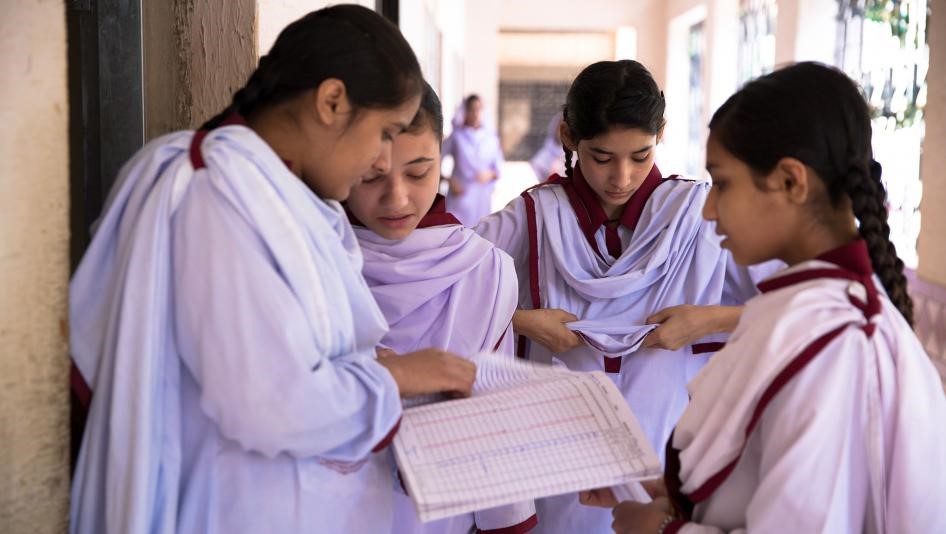News & Updates
22.5 million children out of school, with girls worst affected
20 November 2018

According to the 2015 Oslo Summit on Education and Development, Pakistan was considered “among the world’s worst performing countries in education.” The government highlighted that approximately 22.5 million children are out of school.
Statistics have shown that 32 percent of school aged girls are out of school, compared to 21 percent of boys. By sixth grade (age 11 or 12), 49 percent of boys are out of school, versus 59 percent of girls.
Liesl Gerntholz, Woman’s Rights Director at Human Rights Watch commented:
“The Pakistan government’s failure to educate children is having a devastating impact on millions of girls. Many of the girls we interviewed are desperate to study, but instead are growing up without the education that would help them have options for their future.”
Disproportionate influence on governance by security forces, escalating ethnic and religious tensions, political instability, violent insurgency, and repression of civil society and the media currently plague Pakistan’s social landscape.
Although there are large gender disparities in education and high numbers of children out of school, some areas are more affected than others.
For example, in 2014-2015 in the Balochistan Province, 52 percent of boys did not complete primary school, versus 81 percent of girls. Within this province 75 percent of women and girls had never attended school.
Within all of Pakistan’s provinces, generations of children, especially girls face barriers to education. Many girls in Pakistan have reported that they want to attend school, but feel discouraged by their inability to study.
The Pakistani government no longer provides an adequate standard for all children which has led to an increased number of unregulated private schools with unpredictable quality. Many of these schools may be compromised by a weak curricula, poorly qualified teachers and a lack of government quality oversight.
There has also been an upsurge in the provision of religious education from informal arrangements where children study the Quran in a house of a neighbour to formal madrasas. While religious education may be an option for poor families, it is not an adequate replacement for children.
Due to Pakistan’s decentralised structure of government, many educational decisions are made at the subnational level. In every province, there are separate planning processes, serious gender disparities and varying commitments to improving access to education for girls, which result in flaws in the government’s approach to education.
If you’d like to stay informed on the latest updates in aid and development, please sign up for the AIDF newsletter.
Photo Credit: Human Rights Watch